Litecoin, introduced in 2011, is a cryptocurrency that offers faster transaction times and lower fees compared to Bitcoin due to its Scrypt hashing algorithm and larger block size. Its unique features make it an ideal choice for the burgeoning Non-Fungible Token (NFT) ecosystem, providing quicker and more cost-effective transactions than other cryptocurrencies currently used in NFT marketplaces. As NFTs gain popularity, Litecoin's efficient transactions and established infrastructure could revolutionize peer-to-peer digital asset trading, bridging traditional finance with this new world. The Lightning Network layer-2 solution promises to enhance Litecoin's capabilities further, making it a promising avenue for NFT growth and adoption.
Can Litecoin, a pioneer in the cryptocurrency space, facilitate the next wave of digital innovation—the NFT ecosystem? This article explores the potential synergy between Litecoin and Non-Fungible Tokens (NFTs), delving into their respective strengths. We analyze Litecoin’s unique features, its distinct advantages for NFT transactions, and how Lightning Network integration could expedite transfers. By examining these factors, we uncover promising use cases for NFT markets on Litecoin and offer insights into overcoming adoption barriers to unlock a bright future.
- Understanding Litecoin and Its Unique Features
- The Rise of Non-Fungible Tokens (NFTs) and Their Impact
- Traditional Cryptocurrencies and NFT Adoption Challenges
- Advantages of Litecoin for NFT Transactions
- Lightning Network Integration for Faster NFT Transfers
- Potential Use Cases: NFT Markets on Litecoin
- Overcoming Adoption Barriers and Future Outlook
Understanding Litecoin and Its Unique Features

Litecoin, often referred to as ‘the silver to Bitcoin’s gold,’ is a prominent cryptocurrency that has been around since 2011. It was created with the intention of offering faster transaction times and lower fees compared to its peer, Bitcoin. This altcoin distinguishes itself through its proof-of-work consensus algorithm, utilizing a different hashing mechanism called Scrypt, which makes it more accessible to mine with regular computers.
The unique features of Litecoin include its increased block size, enabling faster processing of transactions, and its focus on being a more versatile daily payment option. The litecoin network also boasts a dedicated community and strong development support, leading to regular upgrades and improvements. These characteristics position Litecoin as a promising candidate for supporting the growing Non-Fungible Token (NFT) ecosystem, offering potential benefits such as faster transaction speeds and lower costs compared to other cryptocurrencies currently utilized in NFT marketplaces.
The Rise of Non-Fungible Tokens (NFTs) and Their Impact
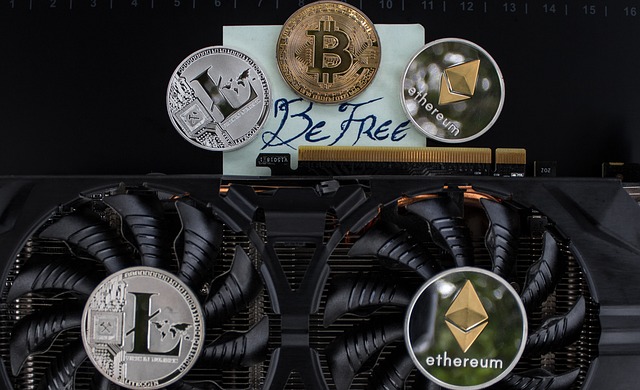
In recent years, Non-Fungible Tokens (NFTs) have surged in popularity, revolutionizing digital ownership and creating new possibilities for artists and creators. Unlike traditional cryptocurrencies like Litecoin, which are fungible and interchangeable, NFTs represent unique digital assets verified on a blockchain. This innovation has led to a bustling market where digital art, collectibles, and even virtual real estate can be bought, sold, and traded with distinct ownership rights.
The impact of NFTs is profound, reshaping how we perceive and value digital content. As the NFT ecosystem grows, it opens doors for Litecoin and other cryptocurrencies to explore new use cases. With its established infrastructure and focus on faster transactions, Litecoin could potentially support this emerging market by facilitating efficient and secure trades, bridging the gap between traditional finance and the exciting new world of NFTs.
Traditional Cryptocurrencies and NFT Adoption Challenges
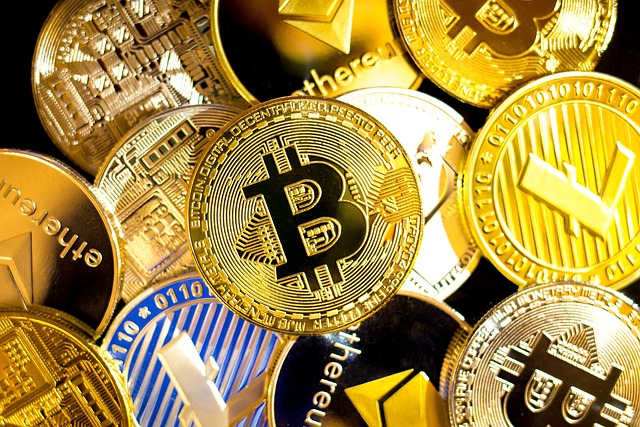
Traditional cryptocurrencies, like Bitcoin and Ethereum, have been at the forefront of digital asset adoption. However, they face challenges in supporting the unique requirements of Non-Fungible Tokens (NFTs). One significant hurdle is scalability; as NFT transactions involve complex smart contracts, these networks often struggle to process them efficiently without incurring high fees. This has led many to explore alternatives like Litecoin, a peer-to-peer cryptocurrency known for faster transaction times and lower fees.
Litecoin’s potential in the NFT space lies in its ability to offer a more viable option for creators and collectors seeking a faster, more cost-effective solution. With its focus on agility and affordability, Litecoin could provide an accessible entry point for users new to NFTs, fostering a more diverse and inclusive digital asset ecosystem.
Advantages of Litecoin for NFT Transactions
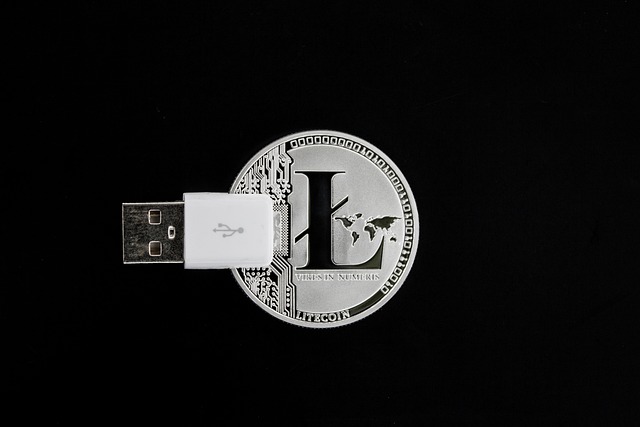
Litecoin, often recognized as a silver to Bitcoin’s gold, offers several advantages that make it a strong contender for supporting an NFT ecosystem. Its faster block times and lower transaction fees compared to Bitcoin facilitate quicker and more cost-effective NFT transfers. This is particularly beneficial in the dynamic world of NFTs, where speed and efficiency are paramount. The litecoin network’s enhanced scalability allows for a smoother flow of transactions, ensuring that as the NFT market grows, the process remains responsive and user-friendly.
Furthermore, Litecoin’s established global reach and widespread adoption provide a solid foundation for cross-border NFT trades. Its decentralized nature ensures transparency and security, eliminating concerns about centralized control often associated with other cryptocurrencies. This feature is crucial for building trust among artists, collectors, and investors navigating the nascent NFT space.
Lightning Network Integration for Faster NFT Transfers
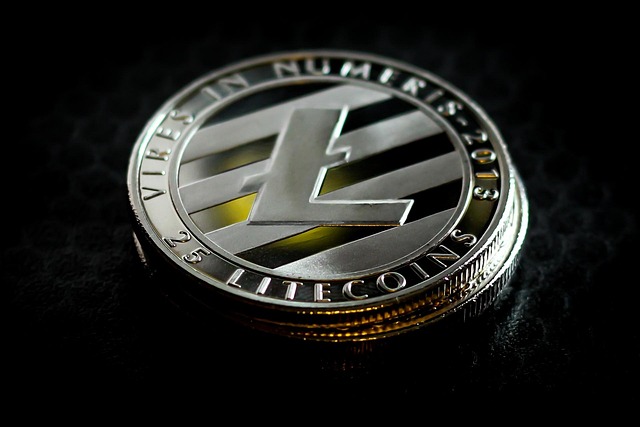
The Lightning Network, a powerful layer-2 solution for Bitcoin, has the potential to revolutionize NFT transfers on Litecoin as well. By enabling near-instant and low-cost transactions, it can significantly enhance the user experience when dealing with non-fungible tokens (NFTs). This integration would address one of the primary concerns in the NFT space: transaction speed. Currently, moving NFTs, especially those on blockchain platforms like Litecoin, can be time-consuming, which hampers user adoption and market growth.
With Lightning Network integration, users could facilitate quick transfers without incurring substantial fees. This development aligns with Litecoin’s mission to provide faster transactions compared to Bitcoin, making it an attractive option for NFT enthusiasts seeking efficient and cost-effective solutions.
Potential Use Cases: NFT Markets on Litecoin
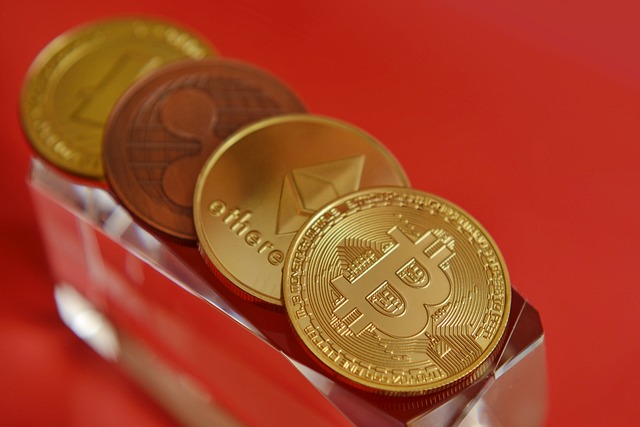
Litecoin, known for its faster transaction times and lower fees compared to Bitcoin, presents an exciting opportunity for the NFT ecosystem. One of the potential use cases is the establishment of dedicated NFT markets on Litecoin networks. These platforms could facilitate peer-to-peer trading of digital assets, offering a more efficient and cost-effective alternative to existing centralized exchanges.
The integration of NFTs with Litecoin can provide artists and creators with direct access to a global audience, streamlining the process of minting, buying, and selling unique digital items. By leveraging Litecoin’s robust infrastructure and community support, NFT markets can become vibrant hubs, fostering innovation and diversity in the digital asset space.
Overcoming Adoption Barriers and Future Outlook
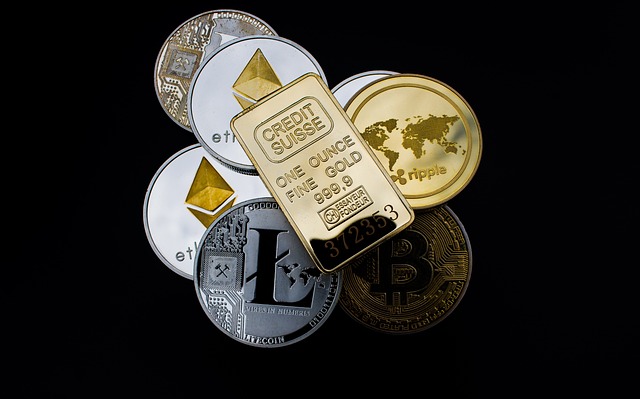
Overcoming Adoption Barriers
Litecoin, like many cryptocurrencies, has faced challenges in terms of widespread adoption. However, its potential to support an NFT ecosystem could be a game-changer. By leveraging its faster transaction speeds and lower fees compared to Bitcoin, Litecoin can make NFTs more accessible to a broader audience. This, in turn, can attract artists, creators, and collectors who may have been hesitant to enter the space due to high costs and slow processing times.
The future outlook for Litecoin in the NFT realm is promising. As the cryptocurrency continues to evolve and gain traction, its ability to facilitate faster, cheaper transactions could make it a preferred choice for NFT marketplaces and platforms. This shift could lead to a more vibrant and diverse NFT ecosystem, where artists can showcase their digital creations with ease and enthusiasts can engage with them seamlessly.
Litecoin, with its enhanced speed and lower transaction fees compared to Bitcoin, presents a compelling case for supporting an NFT ecosystem. The integration of the Lightning Network further facilitates faster NFT transfers, addressing a key challenge in traditional cryptocurrency transactions. As Litecoin continues to evolve, its potential to host vibrant NFT markets and foster innovation in this space becomes increasingly apparent. Overcoming adoption barriers through education and community engagement will be crucial for unlocking the full potential of Litecoin as a viable option for NFT enthusiasts.
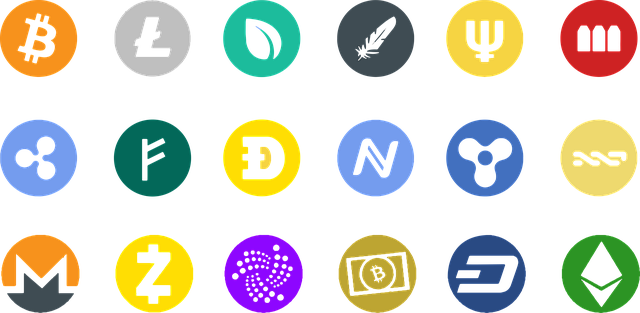






Leave a Reply